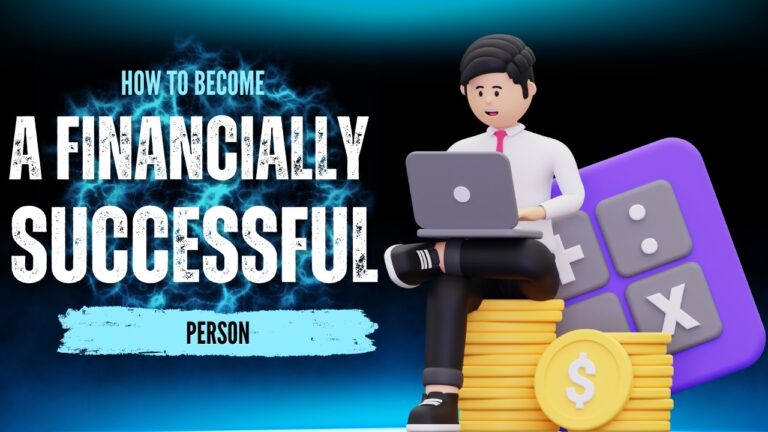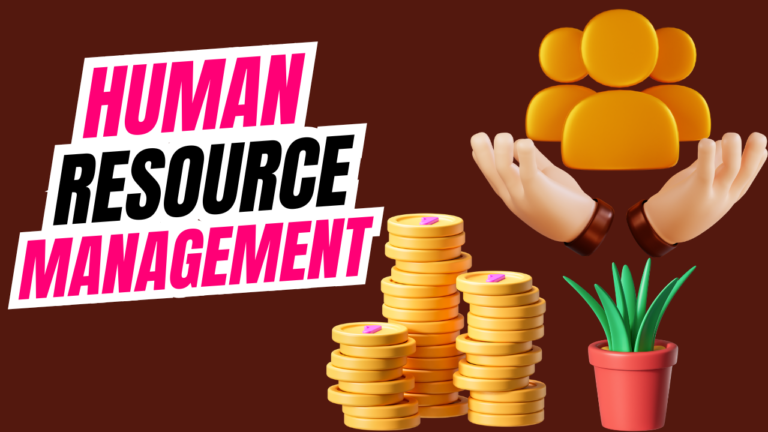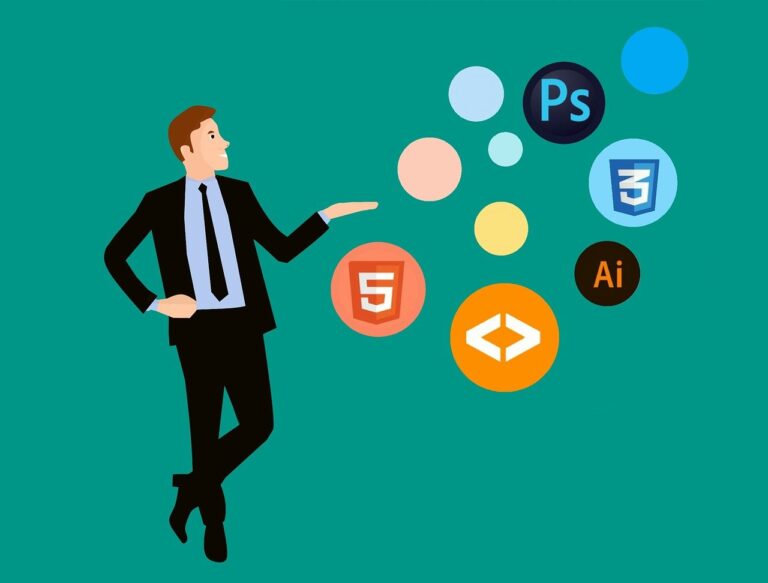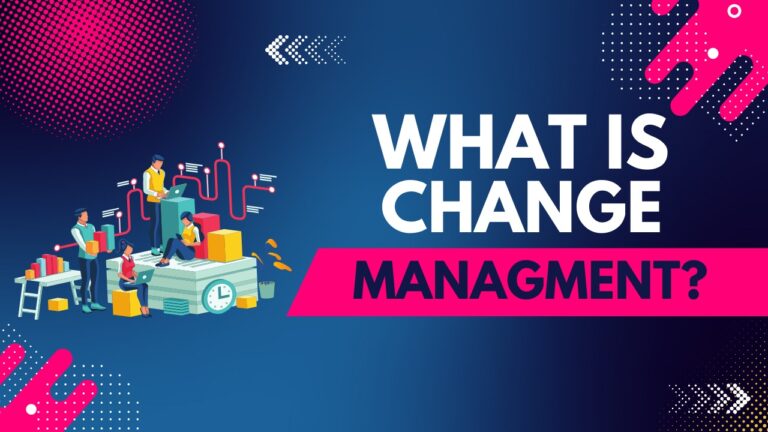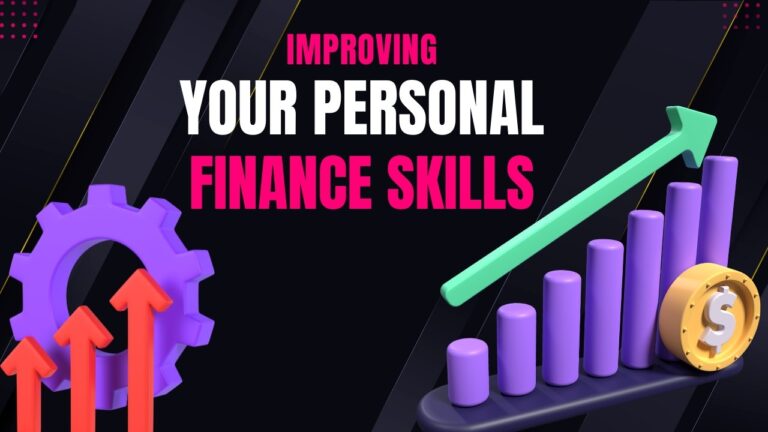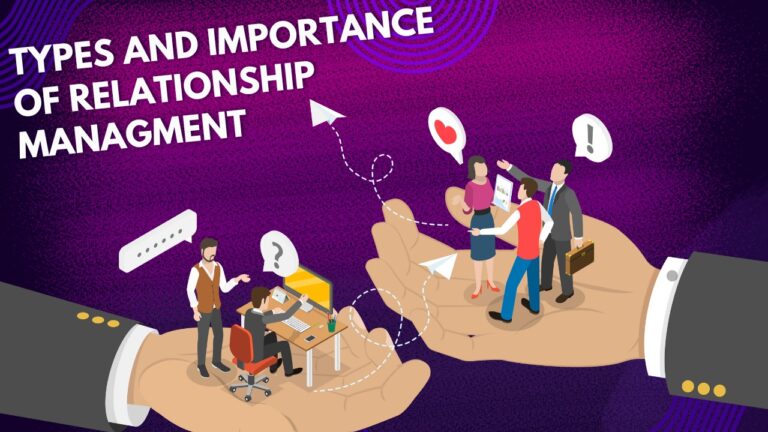Graphic Design
In today’s digital world, user experience (UX) design has become crucial. Users now expect smooth, engaging, and intuitive interactions with digital products and websites. Graphic design plays a pivotal role in molding that experience visually.
Effective graphic design helps to improve usability, enhance user navigation, and make content more digestible. For example, the layout of a website or mobile app is as important as the text or images it contains. Thoughtful design ensures that users can easily find what they’re looking for, creating a seamless and enjoyable experience.
Some key elements that graphic design influences in UX include:
- Visual Hierarchy: Organizing design elements to guide the user’s eye and help them understand the most important information.
- Consistency: Maintaining a consistent look and feel across all design elements for a unified user experience.
- Clarity and Simplicity: Keeping designs clean and straightforward to ensure users understand the content quickly and easily.
- Responsive Design: Ensuring that the design adapts to different screen sizes and devices, providing a seamless experience across platforms.
By focusing on these principles, graphic designers help create digital products that users find intuitive and enjoyable to use.
The Power of Emotional Design
Graphic design isn’t just about creating a functional experience. It’s also about eliciting an emotional response from the audience. Emotional design is the practice of using visual elements to connect with people on a deeper level, influencing how they feel about a brand or product.
When done well, graphic design can build a strong emotional connection with an audience. For example, a logo can evoke feelings of trust, excitement, or nostalgia, while colors and typography can make a person feel calm, energized, or inspired. This emotional connection can influence decision-making, brand loyalty, and even the perception of a product or service.
Here are a few ways graphic design evokes emotion:
- Color Psychology: Different colors carry different emotional associations. For instance, red can signify excitement or urgency, while blue often symbolizes trust and stability.
- Typography: The choice of fonts can set the tone of a design. A playful, handwritten font might feel casual and approachable, while a clean, serif font may evoke professionalism and reliability.
- Imagery: The use of images, illustrations, and icons can evoke specific feelings. Bright, cheerful images might create a sense of happiness, while muted tones may convey sophistication or calmness.
Graphic design is more than just visual appeal—it’s a tool for creating a lasting emotional connection with the audience, ultimately influencing their perceptions and behaviors.
How to Learn More About Graphic Design
Whether you’re interested in pursuing graphic design as a career or simply want to improve your own design skills, there are plenty of resources available. Here are some steps to help you get started:
1. Learn the Fundamentals
Start by familiarizing yourself with design basics such as color theory, typography, layout, and composition. Understanding these principles is essential for creating effective designs.
2. Master Design Tools
Learning industry-standard design software like Adobe Photoshop, Illustrator, and InDesign is key. However, there are also free tools like Canva and GIMP that are beginner-friendly and offer a great introduction to graphic design.
3. Practice Regularly
Practice is essential for improving your skills. Start by working on personal projects, such as designing a logo for a fictional brand or creating a poster for an event. Experiment with different styles and techniques to develop your design sensibility.
4. Seek Feedback
Share your work with others, especially experienced designers, to get constructive feedback. This will help you refine your designs and continue to improve.
5. Stay Updated
Design trends and tools evolve over time, so staying updated on new techniques, trends, and best practices is crucial. Follow design blogs, portfolios, and social media accounts to stay inspired.
6. Take a Graphic Design Course
If you want to deepen your understanding, consider enrolling in a graphic design course. Many online platforms offer courses that cover everything from design fundamentals to advanced techniques.
Get Professional Graphic Design Help
If you need professional design assistance, there are numerous talented graphic designers available online. For example, Fiverr offers a wide range of services from expert designers who can help with everything from logo creation to full brand identity packages. Whether you need a one-time project or ongoing design work, Fiverr has options that can match your needs.
Explore Fiverr’s Graphic Design Services to find professional graphic designers who can help elevate your brand’s visual identity.
Frequently Asked Questions About Graphic Design
1. Do I need a degree to be a graphic designer?
While a formal degree can be helpful, many successful graphic designers are self-taught or have taken online courses. A strong portfolio showcasing your work is often more important than formal education.
2. What software should I learn for graphic design?
Adobe Photoshop, Illustrator, and InDesign are industry standards, but there are free alternatives like GIMP and Canva that are beginner-friendly.
3. Can I use graphic design tools if I’m a beginner?
Yes! There are many beginner-friendly design tools available. Canva, for instance, is a great starting point for those who want to create professional-looking designs without any prior experience.
4. How can I create an emotional connection through design?
Use colors, typography, and imagery that resonate with your audience’s emotions. For example, if you want to evoke trust, use calm colors like blue and choose professional fonts.
5. Why is graphic design important for my business?
Graphic design helps make your brand recognizable, communicates your message effectively, and builds an emotional connection with your audience. Great design can set you apart from competitors and influence consumer behavior.
Conclusion
Graphic design is a powerful tool for shaping how we perceive information, products, and brands. It influences user experience, evokes emotions, and helps communicate messages clearly and effectively. Whether you are interested in learning more about graphic design or need professional help with your projects, there are numerous resources available to assist you.
For professional graphic design services, consider checking out the Graphic Design offerings on Fiverr to find experienced designers who can help bring your creative ideas to life.

